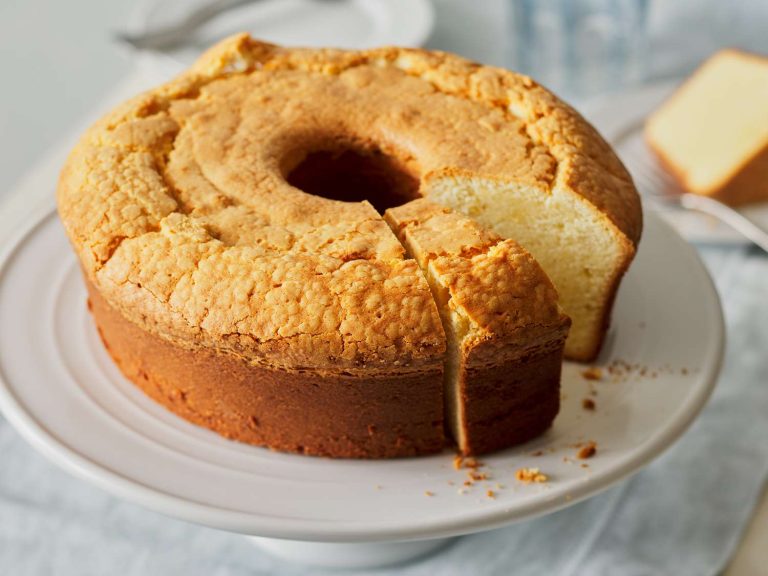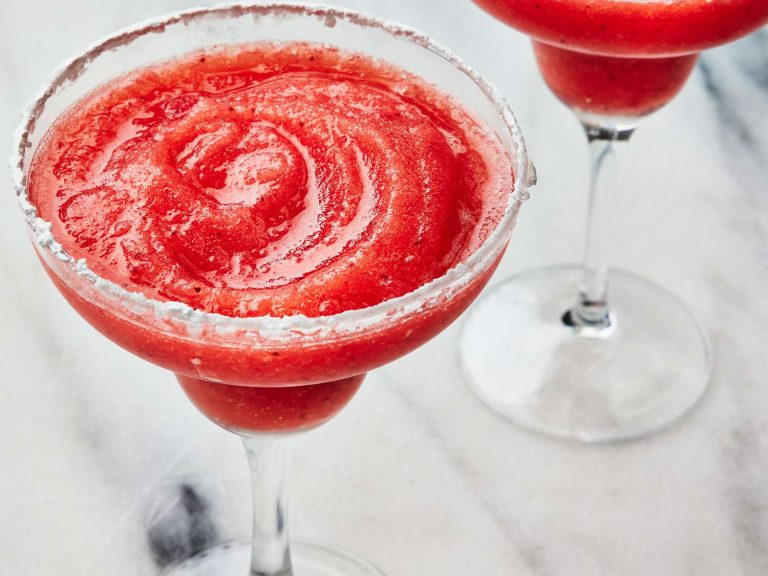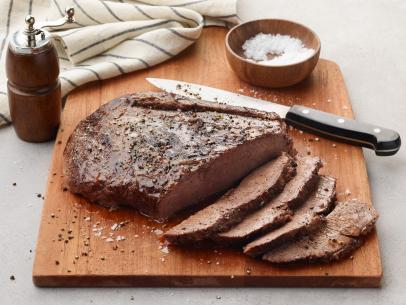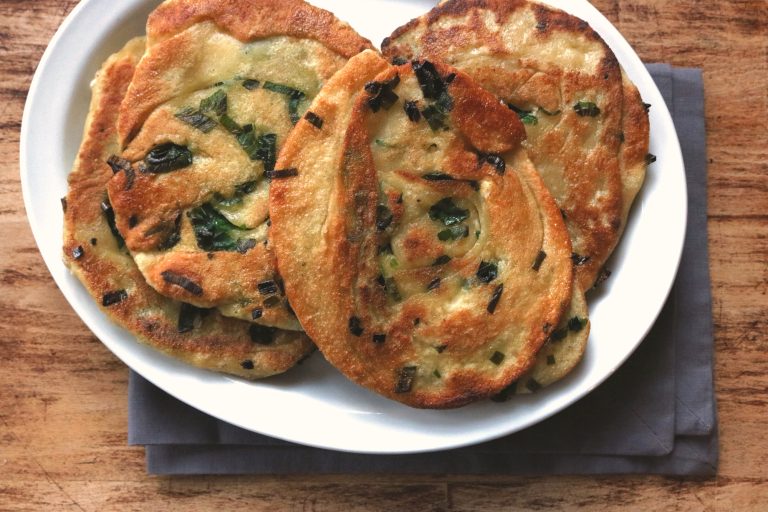Queso Dip: History, Recipes, and Healthier Alternatives
Queso originated in Mexican cuisine. Early versions, called “queso fundido,” were made from melted cheese and served with tortillas. Served traditionally in Northern Mexico, queso fundido often included chorizo (spicy sausage) or rajas (roasted peppers). The dish made its way to Tex-Mex restaurants, where it evolved and gained popularity. By the mid-20th century, queso fundido had morphed into the dip we know as queso, featuring a blend of cheeses, spices, and sometimes ground beef or tomatoes (e.g. Rotel).
Evolution Into a Popular Snack
The transformation of queso dip from a regional specialty to a nationwide favorite began in Texas. Influenced by the growing Tex-Mex cuisine trend, restaurants started offering queso dip as an appetizer. The creamy, spicy nature of queso made it an instant hit, leading to a surge in its popularity. By the 1970s, many brands, including Velveeta, offered pre-packaged versions for home preparation. Today, queso dip is a staple at parties, sports events, and gatherings, celebrated for its versatile flavor and easy customization.
Key Ingredients in Famous Queso Dip
Cheese Varieties Used
Cheese forms the core of any queso dip. Typical varieties include:
- Cheddar: Common due to its sharp, distinct flavor. Often used as the base cheese.
- Monterey Jack: Adds a smooth, creamy texture. Balances stronger cheeses.
- American Cheese: Melts easily, providing a consistent, velvety texture. Preferred for achieving a classic queso consistency.
- Queso Asadero: Offers a mild, buttery taste. Common in authentic Mexican recipes.
- Queso Blanco: Mild and slightly tangy, it enhances the dip without overpowering it.
Spices and Additional Flavors
Spices and flavors elevate queso dip. Common additions are:
- Chili Powder: Adds a subtle heat and smoky flavor.
- Cumin: Enhances the depth of flavor with a warm, earthy note.
- Paprika: Provides a mild spice and vibrant color.
- Garlic Powder: Infuses a robust flavor without the harshness of fresh garlic.
- Onion Powder: Adds a sweet, savory taste, blending seamlessly with other spices.
- Cilantro: Fresh, herbaceous flavor. Often added at the end to retain its brightness.
- Tomatoes: Diced or pureed, they contribute acidity and sweetness.
- Jalapeños: Fresh or pickled, they offer varying levels of heat.
- Green Chiles: Mildly spicy and tangy, commonly used in traditional recipes.
By incorporating these diverse cheeses, spices, and additional flavors, you create a rich and authentic queso dip that stands out.
Preparing the Perfect Queso Dip
Cooking Techniques
To craft the ideal queso dip, follow these key cooking techniques. Begin by melting your chosen cheese in a saucepan over low heat, stirring constantly to avoid burning. For a smoother texture, gradually add milk or heavy cream. Mix well until fully integrated.
Next, introduce the spices. Add chili powder, cumin, and paprika to taste. For additional depth, incorporate garlic powder and onion powder. Stir until the spices evenly coat the melted cheese.
Include diced tomatoes, jalapeños, and green chiles for a fresh, vibrant flavor. Allow the mixture to simmer on low heat for several minutes, ensuring all ingredients blend harmoniously. Before serving, consider adding a handful of chopped cilantro for a burst of freshness.
Common Mistakes to Avoid
Avoid these common mistakes to ensure your queso dip turns out perfect. First, don’t overheat the cheese. High heat can cause it to separate and become grainy. Instead, maintain low to medium heat and stir constantly.
Second, avoid adding too much liquid at once. Gradually incorporate milk or cream to achieve the desired consistency without making the dip too thin. If it becomes too runny, additional cheese can help thicken it.
Finally, don’t skimp on the spices and fresh ingredients. Under-seasoned queso dip lacks flavor and depth, so balance your spices carefully. Fresh tomatoes and chiles enhance the dip and prevent it from tasting one-dimensional.
Serving and Pairing Ideas
Best Dippers for Queso
Select from a variety of dippers to enjoy with queso dip. Tortilla chips offer a classic choice due to their sturdy texture and neutral flavor. Opt for corn-based chips to complement the rich flavors in queso. For a fresh and healthy option, use vegetables like carrot sticks, celery, and bell pepper strips. They provide a crunchy contrast to the creamy dip. Bread varieties such as pretzels, pita wedges, and baguette slices work well for a more hearty pairing. Additionally, consider using crackers or breadsticks for added variety.
Drinks That Complement Queso
Pairing the right drinks enhances your queso dip experience. Serve margaritas, known for their tangy and refreshing taste, to balance the richness of queso. Try light beers like lagers or pilsners if you prefer beer, as their crispness complements the creamy texture. For a non-alcoholic option, go with sparkling water to cleanse your palate between bites. Iced tea, especially the unsweetened variant, works well too due to its mild flavor.
Health Considerations
Nutritional Content
Queso dip offers a rich flavor but often contains high levels of calories and fat. A typical serving of queso dip (about 2 tablespoons) contains approximately 90-100 calories and 7-8 grams of fat. The combination of cheeses used in queso, which often include cheddar and Monterey Jack, contributes to these high fat contents. Sodium content can also be quite high, usually ranging between 300-400 milligrams per serving. While queso dip provides some protein (around 2-3 grams per serving), the nutrient profile leans heavily towards fats and salts, making it a less ideal option for those managing their caloric or sodium intake.
Dietary Modifications
Adjusting queso dip to fit various dietary needs can enhance its appeal. For a lower-fat version, consider using reduced-fat cheeses or incorporating Greek yogurt as a base. If you’re monitoring sodium levels, use cheeses labeled as “low sodium” and add fresh spices like jalapeños and cilantro for flavor without the extra salt.
Vegetarians can enjoy queso dip made with vegetarian-friendly rennet in the cheese. For vegan options, substitute dairy cheeses with plant-based alternatives like cashew cheese or nutritional yeast. Many pre-made vegan queso dips are available in stores and offer flavor profiles similar to traditional queso.
Those managing lactose intolerance can opt for lactose-free cheeses or digestive enzymes. To address gluten sensitivities or celiac disease, ensure that any thickening agents (like flour or cornstarch) are certified gluten-free and that all ingredients are cross-contamination-free.
Conclusion
Queso dip offers a rich and flavorful addition to any gathering, thanks to its versatile ingredients and cooking methods. Whether you’re a traditionalist or looking for a healthier twist, there’s a version of queso dip that suits your needs. Pair it with your favorite dippers and drinks for an elevated snacking experience. By making mindful ingredient choices, you can enjoy this delectable dip while catering to various dietary preferences. Dive into the world of queso dip and discover how it can become a staple at your next event.






